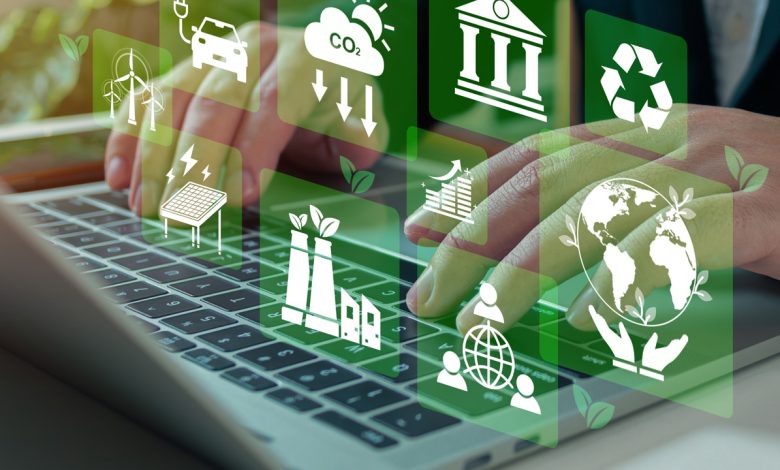The Green Side of Development: How Sustainable Software Will Shape the Future

As technology becomes more embedded in our lives, its environmental footprint grows as well. Data centers consume enormous amounts of energy, applications drive hardware demand, and inefficient code contributes to unnecessary resource usage. The concept of sustainable software development, or “green software,” is gaining momentum as developers and organizations seek to minimize the ecological impact of digital technology. This article explores how sustainable software will shape the future of development, the tools and practices involved, and why developers must embrace eco-friendly coding.
1. Why Sustainable Software Matters
- Environmental Impact: The tech industry contributes significantly to global carbon emissions.
- Energy Costs: Inefficient software leads to higher operational costs.
- Corporate Responsibility: Businesses are under pressure to adopt greener practices.
- Regulations: Governments are beginning to enforce sustainability requirements in technology.
Software is no longer just about functionality—it must also be environmentally conscious.
2. Principles of Green Software Development
Sustainable software is built around four key principles:
- Energy Efficiency: Writing code that requires fewer computational resources.
- Hardware Longevity: Designing applications that extend the lifespan of devices.
- Carbon Awareness: Measuring and minimizing the carbon footprint of software.
- Sustainable Design: Reducing waste through optimized architectures and workflows.
3. The Role of Cloud and Edge Computing
- Cloud Optimization: Efficient use of cloud resources reduces energy waste.
- Serverless Computing: Running code only when needed.
- Edge Computing: Reducing latency and energy consumption by processing data closer to the source.
These practices help balance performance with sustainability.
4. Tools and Techniques for Green Development
Developers can use various tools and approaches to create eco-friendly applications:
- Code Profilers: Identify energy-intensive processes.
- Green Metrics: Track carbon emissions from software usage.
- Sustainable Frameworks: Using efficient libraries and languages.
- Caching and Compression: Reducing unnecessary network requests and data transfer.
5. The Business Case for Sustainable Software
Sustainable development isn’t just good for the planet—it makes business sense:
- Lower Costs: Energy-efficient systems reduce operational expenses.
- Brand Value: Companies gain trust by adopting eco-friendly practices.
- Competitive Advantage: Sustainability can be a differentiator in crowded markets.
6. Challenges in Green Software Development
- Trade-Offs: Balancing performance, cost, and energy efficiency.
- Measurement Standards: Lack of unified metrics for software sustainability.
- Awareness Gaps: Many developers are unaware of the environmental impact of code.
7. Future Trends in Sustainable Software
- AI-Driven Optimization: Intelligent tools that suggest greener code alternatives.
- Carbon-Aware Applications: Apps that adjust behavior based on the carbon intensity of the grid.
- Sustainable Design Thinking: Integrating sustainability into every stage of the SDLC.
- Regulatory Push: Mandatory carbon reporting for digital services.
8. Skills Developers Need for Green Development
- Knowledge of energy-efficient algorithms.
- Familiarity with carbon-aware programming frameworks.
- Cloud resource optimization skills.
- Awareness of sustainable UX/UI design practices.
Conclusion
The future of software development is not only about speed, scalability, and innovation—it’s also about sustainability. Developers must rethink how applications are built, deployed, and maintained to reduce their environmental impact. By embracing green software principles, businesses and developers alike can contribute to a more sustainable digital future.
In the coming decade, sustainable software will no longer be optional—it will be essential. The developers who master eco-friendly coding practices will play a crucial role in shaping a greener, smarter, and more responsible tech industry.

